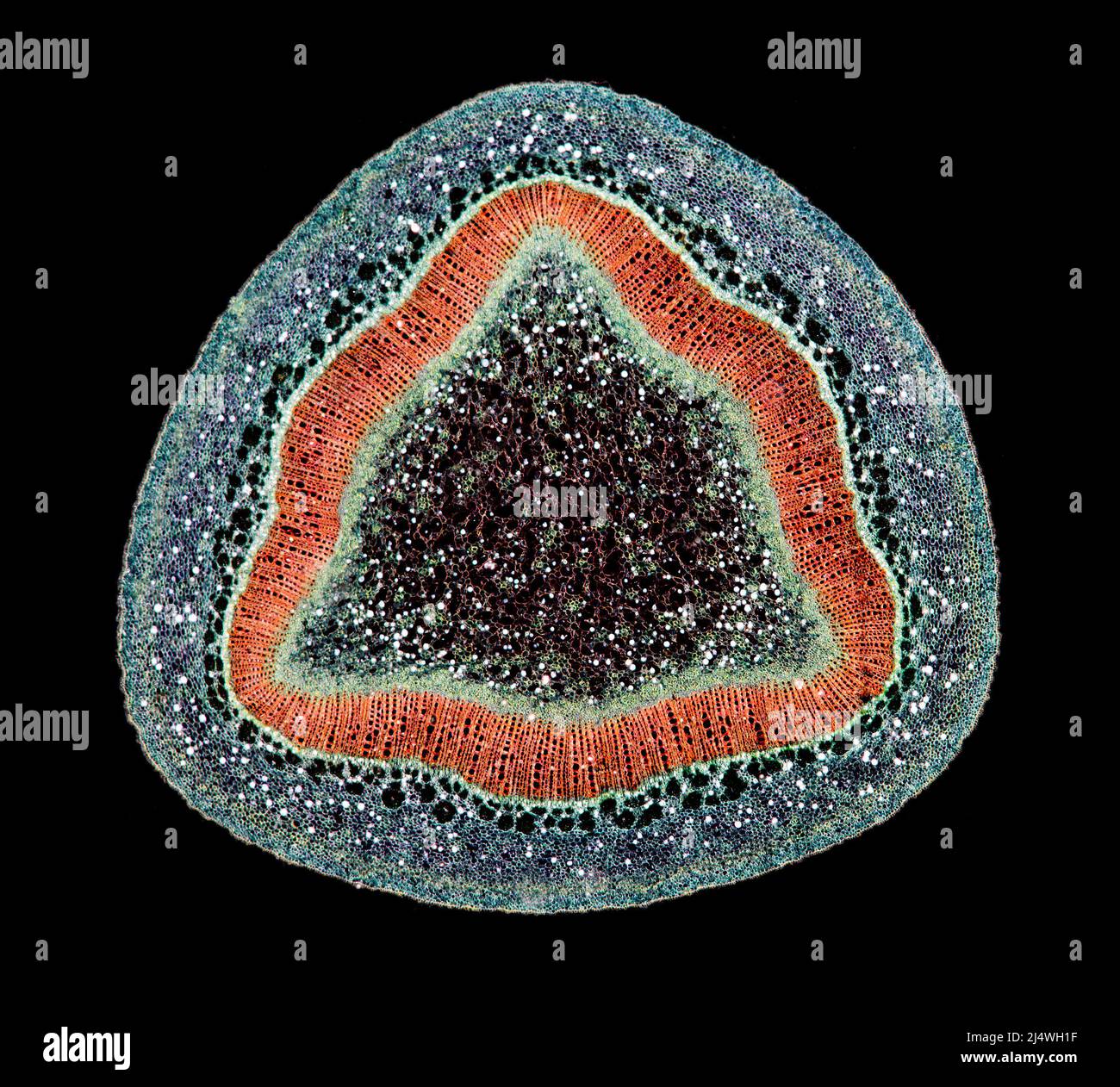
Mediabakery Photo by Age Fotostock Leaf cross section of Nerium oleander showing epidermis
About Press Copyright Contact us Creators Advertise Developers Terms Privacy Press Copyright Contact us Creators Advertise Developers Terms Privacy

Question 3 Solved Nerium Leaf Slide Preparation [ISC 2019 Biology Practical] YouTube
+2 BOTANY PRACTICALS - Detailed description of transverse section of Nerium leaf

Angiosperm Leaf Secondary Vascular Bundles in Nerium Flickr
Nerium oleander (/ ˈ n ɪər i ə m. / NEER-ee-əm), most commonly known as oleander or nerium, is a shrub or small tree cultivated worldwide in temperate and subtropical areas as an ornamental and landscaping plant.It is the only species currently classified in the genus Nerium, belonging to subfamily Apocynoideae of the dogbane family Apocynaceae.It is so widely cultivated that no.

Botánica microscopio preparado diapositivas hoja de Jasminum nudiflorum ts en Equipo educativo
Figure 9.3. 2: Cross section of a hydrophytic leaf. Observe a prepared slide of a hydrophyte, such as Nymphaea, commonly called a water lily. Note the thin epidermal layer and the absence of stomata in the lower epidermis. In the spongy mesophyll, there are large pockets where air can be trapped.

Leaf Of Nerium Indicum Ts Under Light Microscopy Stock Photo Download Image Now iStock
ABSTRACT The present study reports the morphology and anatomy of the leaves of two well known medicinal plants in Sudan; Nerium oleander and Catharanthus roseus family (Apocynaceae). Morphologically, the two studied species have green leaves with entire margins, acute apex and reticulate venation.

(Get Answer) Notes for Nymphaea oderata Cross section (image) of Leaf of Nerium... Transtutors
T.S. of Nerium Leaf Aim: To observe and understand the xerophytic adaptations found in Nerium leaves for living in dry or xeric habitat. Exercise: T.S. of Nerium Leaf Aim: To observe and understand the xerophytic adaptations found in Nerium leaves for living in dry or xeric habitat.
eXe
Article shared by : In this article we will discuss about the anatomical features of xerophytes with the help of suitable diagrams. They grow in deserts or in very dry places; they may withstand a prolonged period of drought uninjured, for this purpose they have certain peculiar adaptations.

Transverse Section of Nerium indicum Leaf Download Scientific Diagram
WJEC Structure of plants - WJEC Leaf structure Plants adapt in order to efficiently collect raw materials required for photosynthesis. These raw materials must be transported through the plant.

Angiosperm Leaf The Xerophytic Dicotyledonous Leaf of Ner… Flickr
Nerium (oleander) - an example of a xeromorphic leaf: Oleander is a plant adapted to dry environments, hence the term, xeromorphic (xer- is a prefix that denotes "dry." It is the same prefix used in Xerox, the company that developed the dry copying process). Again note that the leaf is broad and flat, hence, adapted to optimize photosynthesis.
TS Nerium oleander leaf University of Sydney Library
ANATOMY OF NERIUM LEAF Nerium is a Non sacculent xerophytic shrub. T.S. of Nerium leaf shows the following anatomical structures :- 1. UpperEpidermis:-Epidermis is composed of 2-3 layers of compactly arranged barrel shaped parenchyma cells. With thick cuticle on its outer surface. Stomata are absent. 2.

Nerium leaf diagram and characters Brainly.in
4. Leaf of Oleander: The leaf of oleander (Nerium oleander of family Apocynaceae) shows some distinct departures so far as the arrangement of tissues is concerned, from the ones described previously, exhibiting clear xerophytic adaptations. A transverse section would reveal the following structure (Fig. 617): I. Epidermis:

Ts darkfield photomicrograph hires stock photography and images Alamy
Download scientific diagram | Transverse Section of Nerium indicum Leaf from publication: Pharmacognostical and Phytochemical Standardization of Nerium indicum Leaves | This paper represents the.

CUPAC ANATOMY SLIDE IMAGES
A leaf in "normal" conditions is called mesophytic (meso- means middle), meaning it is not particularly adapted for either high or low water conditions. Figure 13.3.1.1 13.3.1. 1: A cross section through a mesophytic leaf. The arrangement of tissues in a mesophytic leaf is as described in Fig. 13.3.2. As you look at adaptations to water.

Pin on biology
For 10th class students, to draw diagram in their note books or in exam paper

TS of Nerium Leaf, Bsclll, Botany YouTube
Exp 1 T.s of Nerium leaf + Exp 2 Triticum stem Ivertum T.s. of Leaf Transverse section of the material shows following Epidermis : (i) Both sides are covered by upper and lower epidermis. (ii) Both the epidermal layers are multiseriate that are about three cells deep. (iii) Stomata are present on lower epidermis.

A T.S of the leaf (x 40), B Detailed T.S. of the leaf in the midrib... Download Scientific
Anita Jeph, Assistant Professor of Botany, Govt Girl's College, Jhunjhunu